The authorities have struck another blow against crypto. Pavel Durov, the mysterious 39-year-old Russian-born billionaire and founder of the popular messaging app Telegram, was arrested in Paris on 26 August, 2024.
This high-profile collaring sent ripples through the tech industry, particularly affecting the cryptocurrency markets due to Durov’s relationship with The Open Network (TON) and raising significant concerns about data privacy in the age of Web3. Let’s delve into the details of this incident and its far-reaching consequences.
The Arrest: Charges and Aftermath
French authorities, specifically the Office for the Protection of Minors on the Internet (OFMIN), issued an arrest warrant for Durov over a range of serious accusations. The charges arise from activities on Telegram including:
- Organized crime
- Drug trafficking
- Fraud
- Cyberbullying
- Promotion of terrorism on Telegram
The prosecutors will need to show that Telegram failed to adequately moderate its content and curb illegal activities by users and groups on the platform.
Durov was held in police and judicial custody for two days before being released on bail. The incident immediately impacted the crypto markets, with Toncoin (TON), a cryptocurrency closely associated with Telegram, experiencing a 20% drop in value within 24 hours of the news. This wiped out approximately $2.7 billion in market value.

Telegram and TON’s Symbiosis
To understand the full implications of Durov’s arrest, it’s crucial to examine the relationship between Telegram and the TON blockchain.
The TON Blockchain
The Open Network (TON) is a blockchain project initially developed by Telegram in 2018. It was abandoned when US regulators came after them them for promoting a security asset and forced them to return $1.2 billion raised in their Initial Coin Offering (ICO).
However, the project was soon revived by the crypto community in 2021 (crypto folks love to use the word CTO or ‘community take over’) and has maintained close ties with Telegram ever since. It has become one of the hottest layer-1 chains in 2024 and has seen various Tap-to-Play games like NotCoin and Hamster Kombat attract hundreds of millions of users thanks to the ability to earn crypto from airdrops and points rewards.
Alex Thorn, Galaxy Digital’s head of research, emphasized in a report that the value of the TON blockchain and its native token, toncoin (TON), are “substantially dependent” on its ties to Telegram. The downside of being close with Telegram? When their founder Pavel Druov gets arrested, Toncoin immediately takes a tumble on the market.
Market Impact
The arrest triggered significant market activity:
- Toncoin lost $2.7 billion in market value, dropping 20% within 24 hours.
- In the 24 hours following the news, $8.2 million in liquidations occurred across the crypto market – $3.82 million from long positions and $4.20 million from short positions.
- Traders bet almost $70 million, causing TON’s open interest in future markets to jump 32%.
- As of 30 August, 2024, Toncoin’s price stood at $5.35, showing signs of resistance.
Interestingly, not all TON-related tokens suffered. The DOGS token, a memecoin launched on the TON blockchain with much fanfare and a big airdrop, saw a 23% surge, reaching a market cap of $789 million. This demonstrates the complex and sometimes counterintuitive nature of crypto markets in response to major events. It was also the perfect vehicle for crypto natives to show solidarity with the #FreePavel campaign.
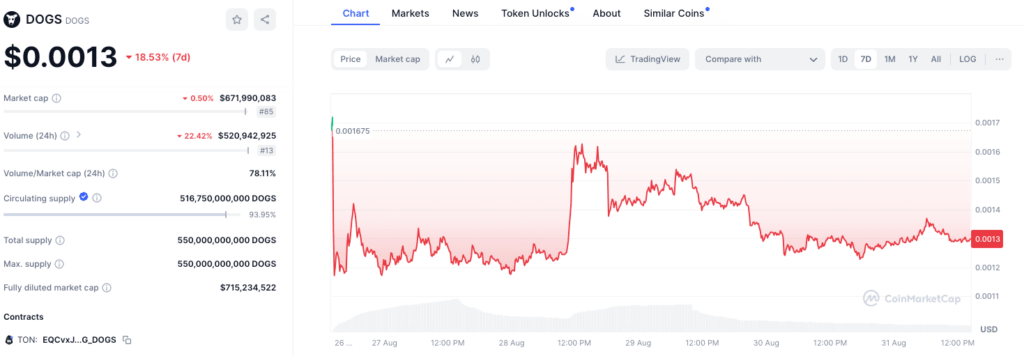
Web3 and Telegram’s Data Privacy Concerns
Durov’s arrest shines a light on the struggle between privacy-focused platforms and government efforts to combat illegal activities online. This tension is particularly relevant in the context of Web3, where data privacy is a basic principle.
Telegram’s Privacy Features
Telegram, with its estimated 800 million users, has long been criticized for its perceived lack of moderation. However, its end-to-end encryption and commitment to user privacy have made it a popular choice for those seeking to avoid surveillance, including both legitimate users and malicious actors. Durov is a fierce advocate for censorship resistance, all the way back to his VKontakte days, and has appeared to be willing to die on his shield several times, even after Russian authorities put pressure on him during the 2012 Russian protests.

The Balancing Act
Privacy-focused platforms must strike a balance between protecting user privacy and complying with local laws in 2024, especially if they’re non-US. Pavel’s arrest shows what happens when you mis-judge this delicate legal balancing act.
It’s increasingly challenging to operate a global service under varying national regulations, particularly in light of the European Union’s Digital Services Act (DSA) and similar legislation worldwide.
Potential Shift to Decentralized Alternatives?
With Telegram’s network distribution and TON’s blockchain capabilities, can we expect to see more interest in truly decentralized alternatives after Durov’s arrest? Very likely. These alternatives can better withstand legal and regulatory pressures.
The crypto community, which relies heavily on privacy-preserving technologies and resistant communication channels, view this encroachment on freedom of speech and freedom of finances as very dystopian. They may turn to blockchain-based messaging solutions that are inherently more resistant to censorship and surveillance.
The TON Blockchain Outage
In a case of bad timing, the TON blockchain went down for nearly six hours on 29 August, 2024. This disruption was caused by a surge in network traffic, possibly linked to the recent airdrop of the DOGS memecoin.
The TON blockchain team explained on Twitter: “Several validators are unable to clean the database of old transactions, which has led to losing the consensus.” They assured users that “no cryptocurrency assets will be lost due to the issue”.
This outage, coming on the heels of Durov’s arrest, raises questions about the resilience of blockchain networks closely associated with centralized entities like Telegram. Maybe they’re not decentralized enough? On the other hand, outages are almost a rite of passage for most blockchains as they scale, and top chains like Solana are notorious for it.
The Future of Privacy Tech and Crypto
The outcome of Durov’s case could set important precedents for how aggressively authorities pursue tech leaders over content moderation issues, and the responsibilities of platforms under regulatory frameworks like the European Union’s Digital Services Act (DSA). It may also influence debates about encryption, backdoors, and the role of technology companies in moderating content.
Potential Outcomes
- Increased scrutiny on how cryptocurrency and related technologies are discussed and promoted on messaging platforms.
- New compliance challenges for crypto projects and crypto exchanges.
- Innovation in decentralized communication tools built on blockchain technology.
- A shift in how encrypted communication platforms are understood and regulated.
Conclusion: A Web3 Watershed?
Pavel Durov’s arrest is an important beat in the ongoing story between privacy-preserving technologies, blockchain ecosystems, and regulators. As the case unfolds, it will spark intense debates about the proper balance between law enforcement, user privacy, and the role of technology companies in moderating content.
Durov’s release on bail provides some comfort, but he’s still a regulatory target. And if the 120th richest person in the world can get in trouble for going too far with speech that offends the powers that be, anyone can.
Let us know your thoughts! Sign up for a Mindplex account now, join our Telegram, or follow us on Twitter.


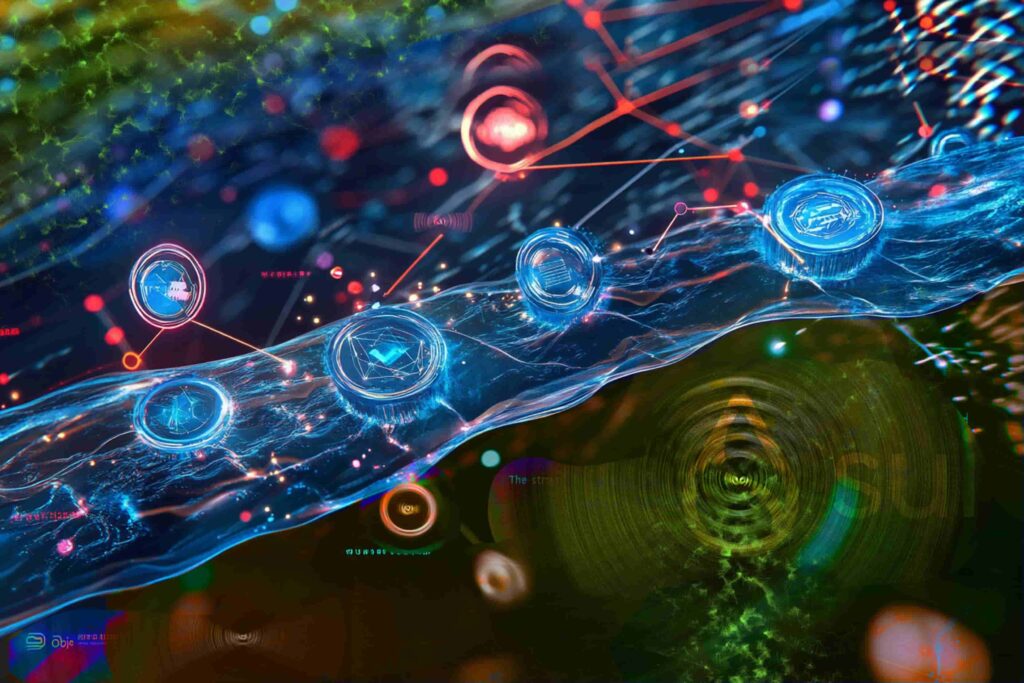

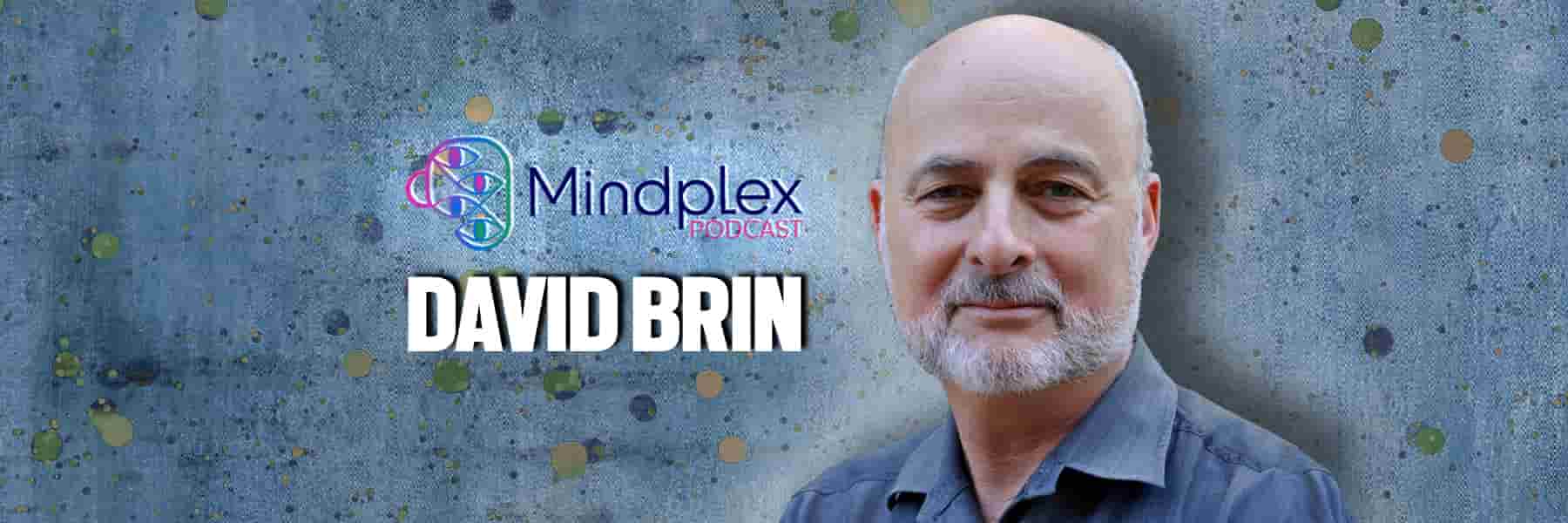


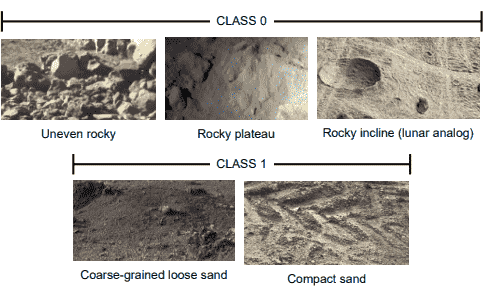

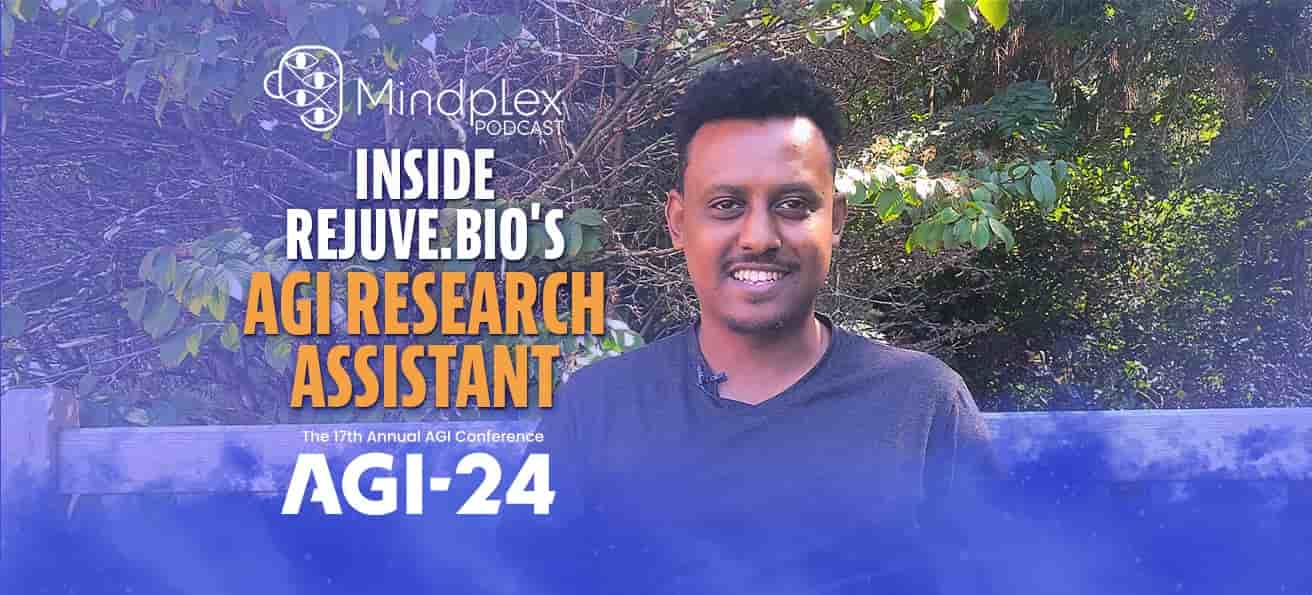

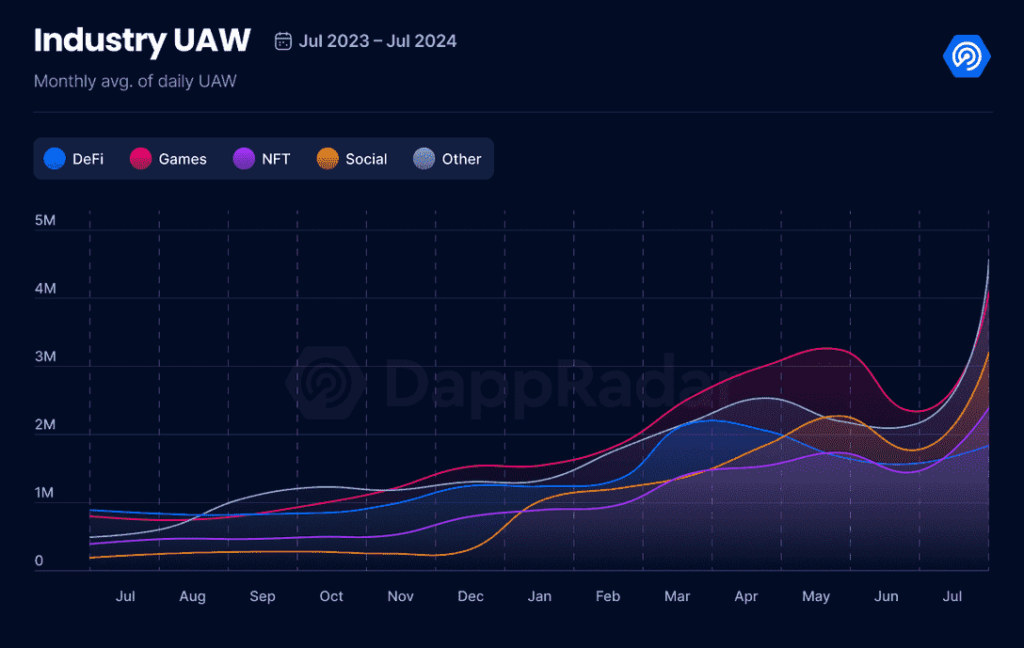


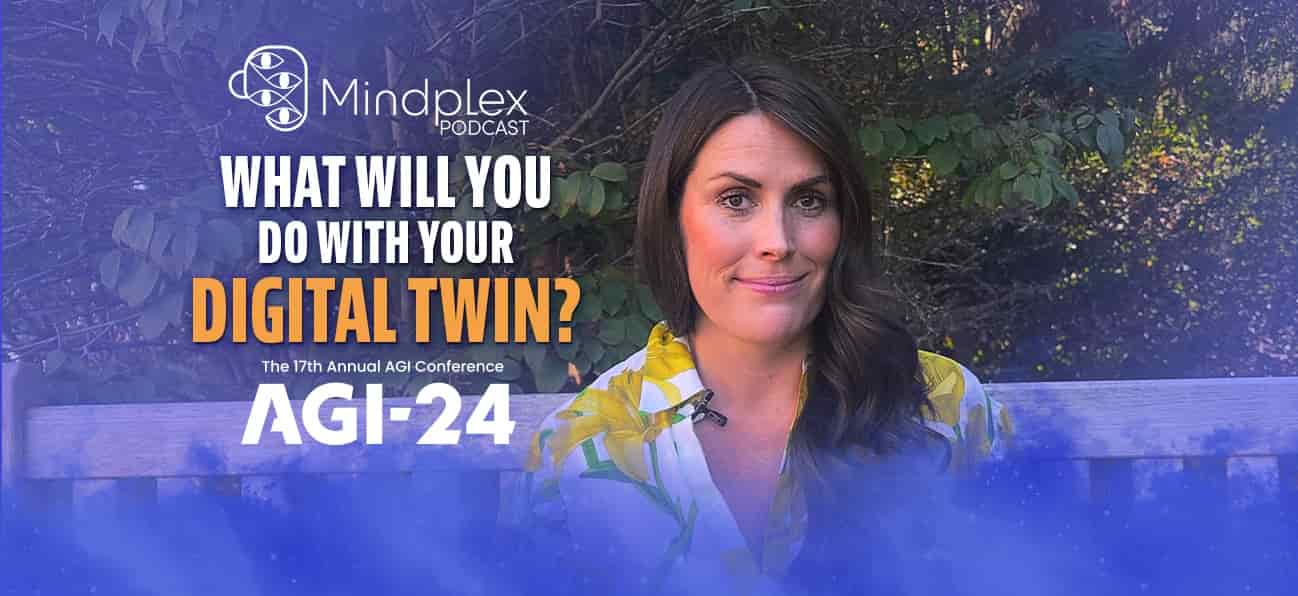
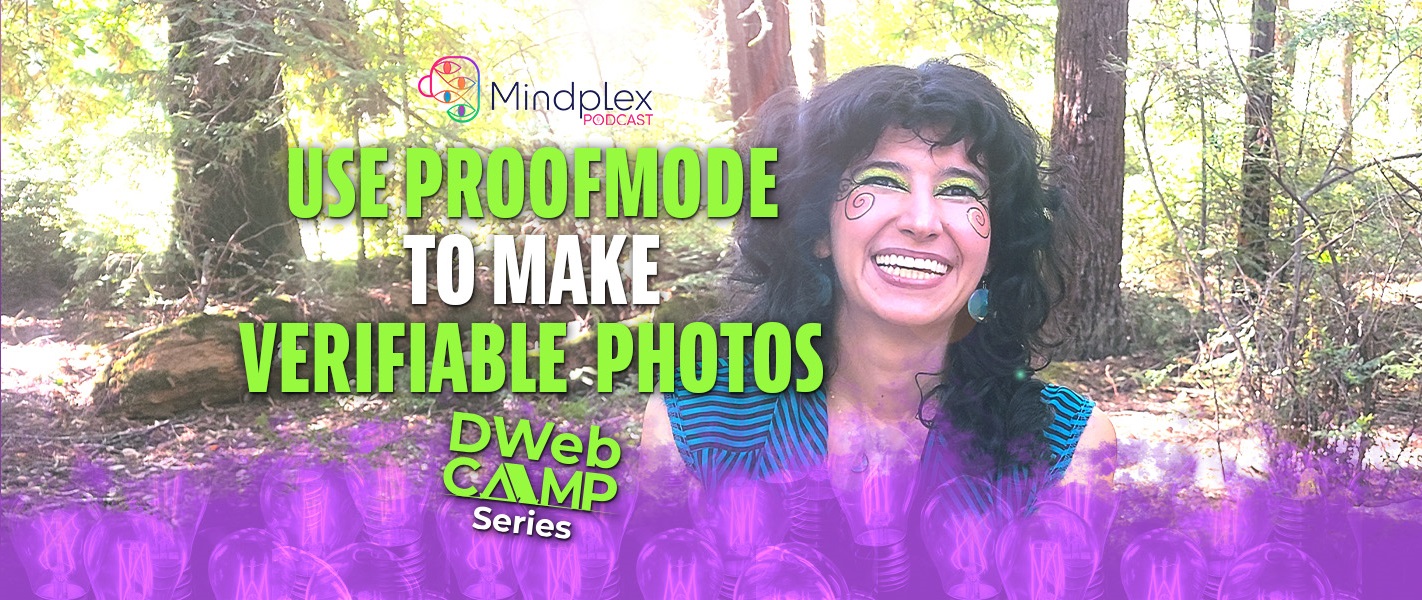

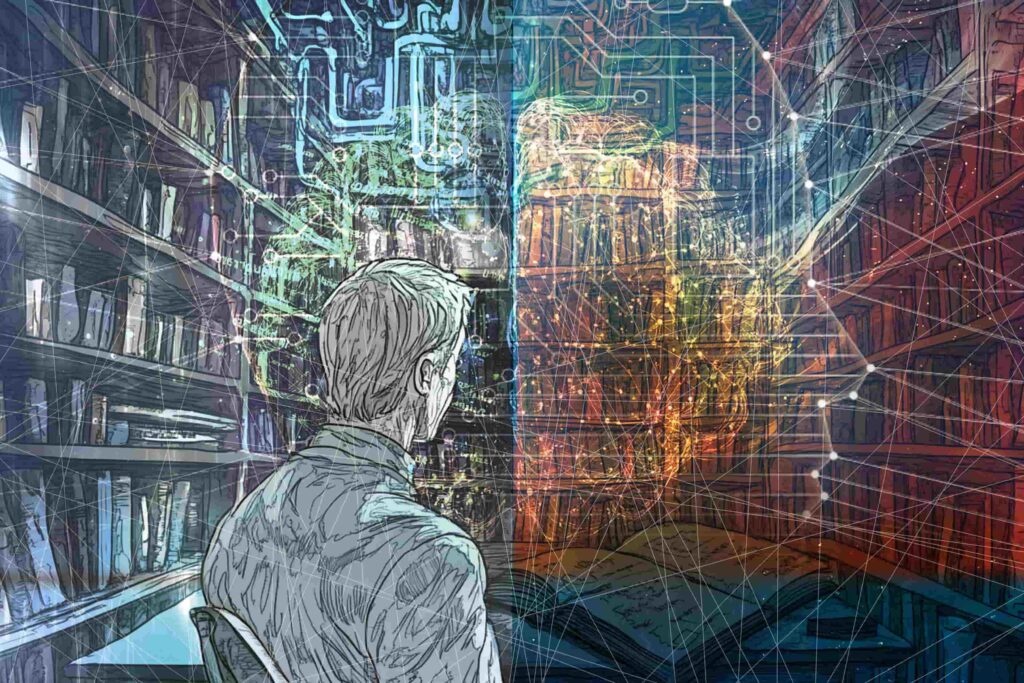
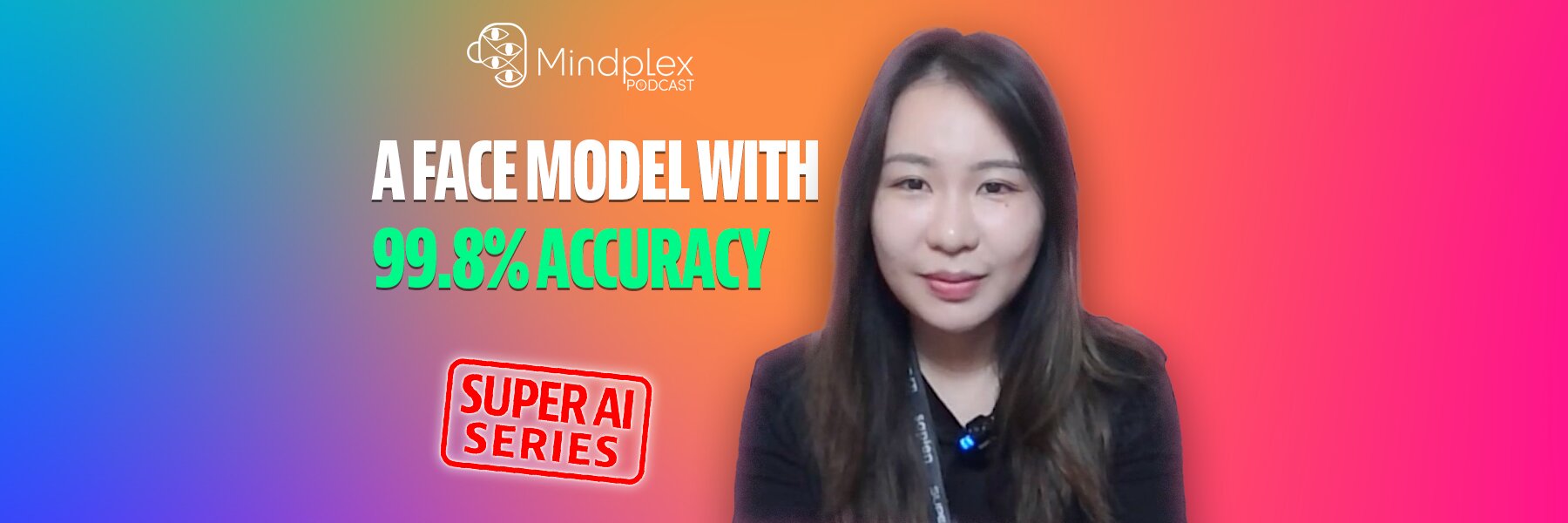

.png)

.png)


.png)